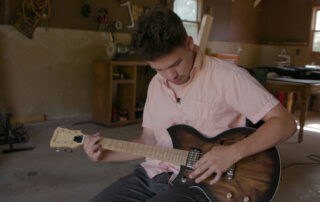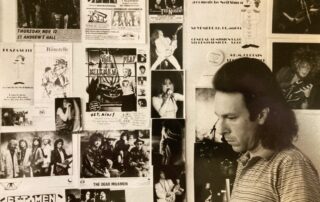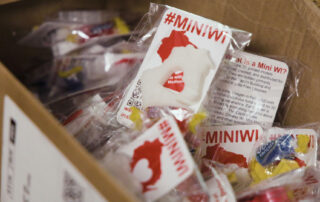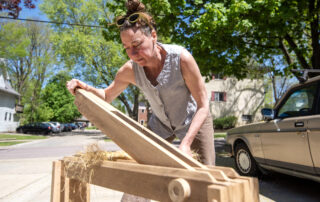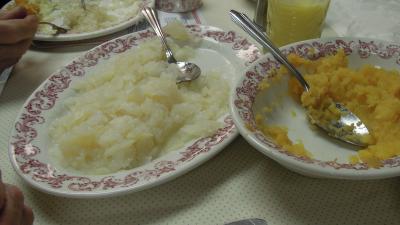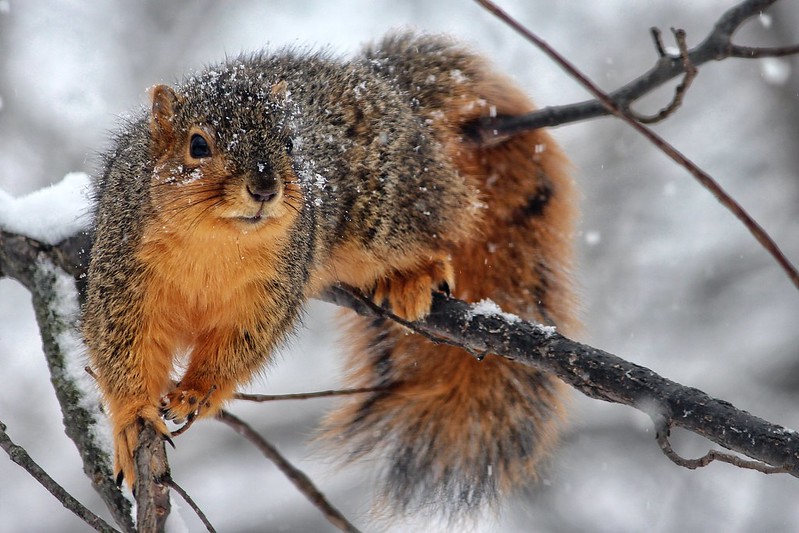Peggy Choy grew up in the multicultural haven of Hawaii. But it was in Wisconsin where her identity as an Asian American first took expression through dance.
“It was here in Madison that I created my first Asian American dance,” recalls Choy, an assistant professor of dance at the University of Wisconsin. “It was called Picture Bride. So it was inspired by the Korean women that came to Hawaii as picture brides to marry Korean plantation workers.”
Choy’s family also emigrated from Korea, but under different circumstances. Her grandfather was involved in the resistance to Japanese rule and fled for his life. “We still talk about this fighting spirit,” says Choy. “That fighting spirit is something that Koreans have had in their fight for independence.”
Choy has taken inspiration from that spirit to create dance pieces based on struggles for self-determination and social justice. As she describes, “The stories are often tied to struggles for people striving for justice. Wanting change, wanting transformation.” And the stories have transformed Choy’s feelings about what dance can do as well. “So I’ve come a long way from feeling that dance is peripheral to life and that it’s really just entertainment or a hobby.”
Through choreography, Choy has told stories ranging from the Ojibwe’s protest of mining near the waters where they harvest wild rice to a long forgotten labor uprising on a tiny Caribbean island. But her most ambitious work was devoted to a personal hero.
“Muhammad Ali connected boxing with the art of dancing,” Choy says of the recently deceased icon. “He was colorful. He was funny. He was just unafraid to speak out. His courage crossed over to the Asian American world.”
Ali’s crossover and broad appeal affected Choy quite personally. “His ability to tap into the need for Afro Asian solidarity was something very important to the development of my political consciousness.”
Choy created a homage in dance to The Champ. “It was an on-site dance performance at Gleason’s Gym, where Muhammad Ali himself had trained,” explains Choy. The performers were a combination of conventionally-trained dancers, break dancers and boxers, along with Choy herself. She remembers, “It was a very tough, very challenging project for me that required all the strength I could muster.”
A big part of it for Choy was learning to box, so she could feel credible with the group she’d recruited for the performance. But her worries may have been unwarranted. “All of the people I worked with just came on board. They didn’t question me they just said ‘I want to do this for Muhammad Ali’”
It was an experience that connected Choy with her fighting spirit. As she puts it, “I gained the sense of strength that has made me fearless in many ways.”

